Design in the Details
As Research Assistant for The Fabric of India, I spend a lot of time with my nose in books. But when I’m not in the library, there’s a good chance you’ll find me in the archives.
Coming from a textile making background myself, one of the things I love most about working on this exhibition is getting up close and personal with the textiles – working out how they were made, and wondering about their makers. Combing through the V&A’s stores as we consider and compare pieces, I am constantly amazed by the skill and dedication our textiles took to produce. Each piece inspires me in my own making practice, and by the end of the day I might have dozens of new crafting projects planned. But when you really get down to the designs in their details, I have to admit I’m probably better off in the library…
For instance, at first glace you might think the textile below is made of red cloth. But if you look very closely you’ll see thousands upon thousands of tiny stitches make up the pattern.
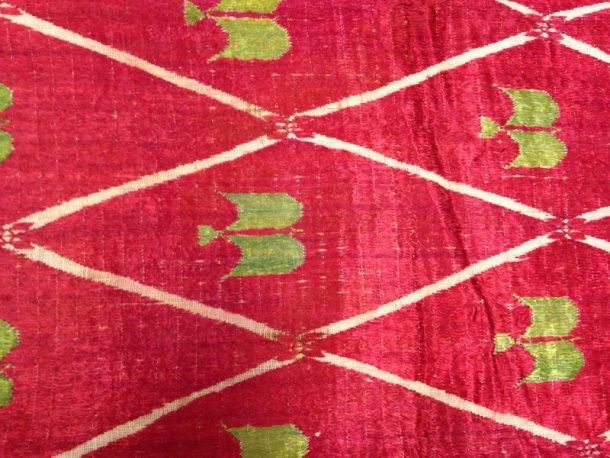
Those stitches cover a phulkari (embroidered head cover) almost 2.5 by 1.5 meters large!
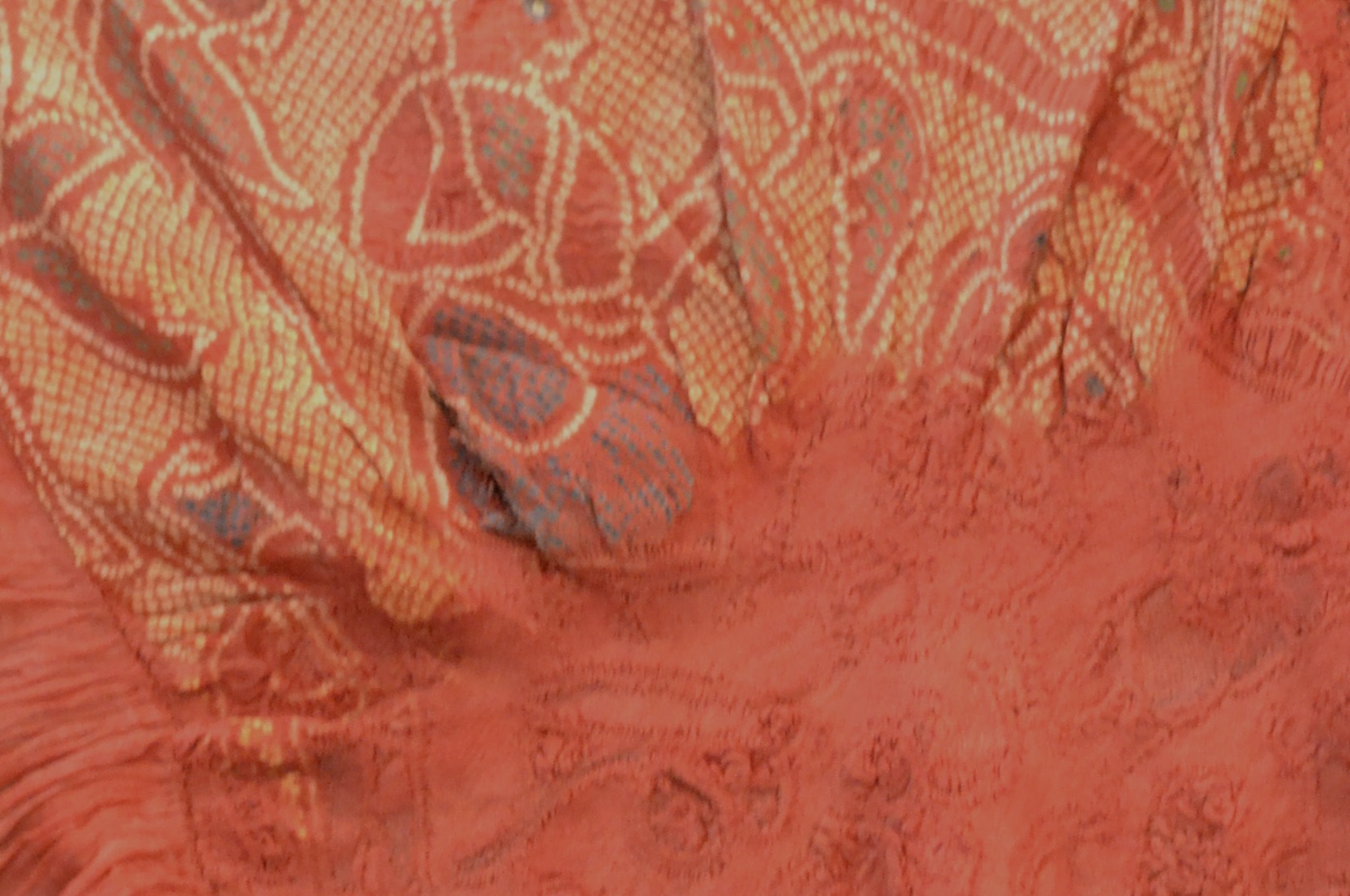
On this unfinished odhani (headcover), each little bump is a minuscule pucker of fabric, tied up one-by-one, all by hand.

After dyeing, they’re pulled apart for the finished product, revealing whole scenes full of people, animals and flowers. This is not your 1960’s tie-dye.
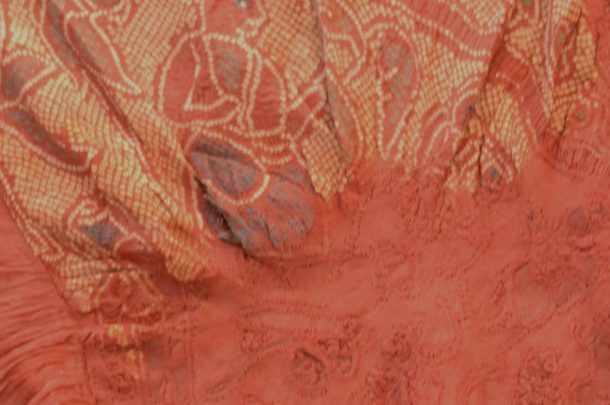
And you may be wondering how the weavers of this beautiful sari managed to change the colour from pink to yellow?

If you turn it around, you’ll find each yellow and red warp thread was individually tied together to make the final piece!

Feeling inspired to create your own masterpiece? A huge variety of Indian textiles showcasing a tremendous number of different techniques like the ones above will be on display in The Fabric of India. We hope they will inspire other makers in their work just as they’ve inspired us. To support this creativity, we’ll be posting news and events about handmade and hand making textiles here in London and around the world. Here are a few upcoming events in London to start us off:
- Be sure to catch the last few days of London’s Decorative Antiques and Textiles Fair, ending October 5th. Maybe add to your own textile collection?
- If you can’t make that, you’ll get a second chance at the Textile Society’s own Antique Textile Fair October 12th – can never have too many textiles!
- As if you weren’t busy enough, October 8th to 12th London’s Alexandra Palace will host the Knitting and Stitching Show, ‘the largest and most highly regarded textiles and craft event in the UK’. A great opportunity to stock up on supplies for all your upcoming Indian textiles inspired projects.
- And while you’re at it, why not take an embroidery workshop with the Slow Textiles Group, then whip up a phulkari of your very own?
If you know of any textile making events that inspire you and might inspire others, share them with us! Until then, come back next week for more Fabric of India news, events and inspiration.
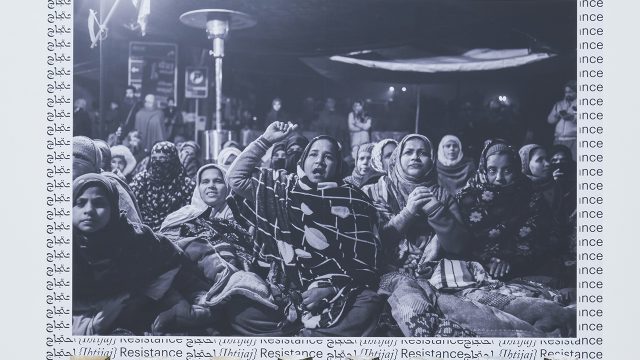

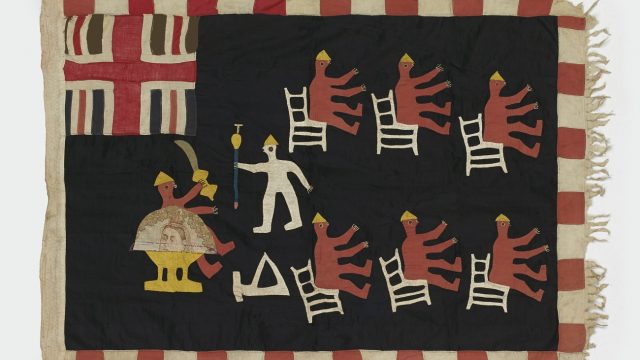
Really looking forward to this exhibition which is sure to inspire and offer an antidote to our throw-away culture. As designers working with hand weavers, spinners, dyers and embroiderers in Gujarat today, it will be a great opportunity to experience a snapshot of the rich textile heritage of this incredible country.
As a fabric designer/lover I’m practically salivating over these pieces. They are certainly works of art. I would love to make it to the V&A next year. It’s been on my list for awhile and this would be the perfect time. If not, I thank you for sharing a peek behind the scenes!
Hi. I wonder whether you can help. My father in law had a collection of phulkari throws – about 89 in total. They date from the 19th century. A couple have the names of the embroider on the side. Does anyone know who we can contact about selling these?
Hello Suzannah
You might try looking for dealers in Asian textiles in London (or your area), or else auction houses that deal with textiles. Best of luck!
Hello I am from India dealing in Textiles ,would love to see the Phulkaris ,if available ,please send pictures.
Email shardakhawadia@gmail.com